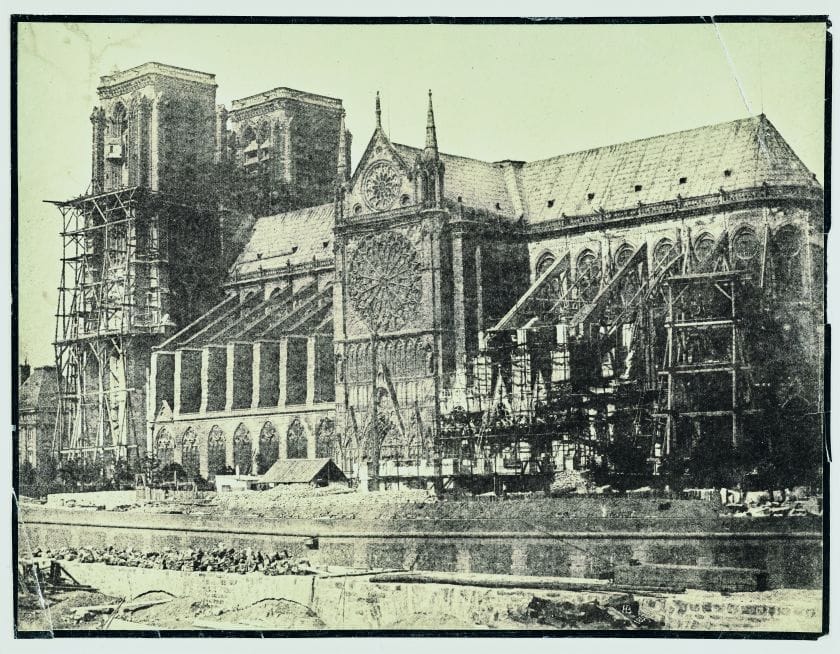
- Ist sie denn nicht durch ihre große Intelligenz, durch einen künstlerischen Sinn … mehr gewesen als eine Interpretin — mehr als eine Ratgeberin, beinahe eine Mitarbeiterin?
About the Production
It was Camille Saint-Saëns who introduced his pupil, the organist and composer Gabriel Fauré, to the Viardot household in 1872. Here Fauré made the acquaintance of some of the leading intellectuals and artists of their day and fell in love with one of Pauline Viardot’s daughters, Marianne. It was also at this time that Saint-Saëns recommended him for the post of maître de chapelle at the Madeleine in Paris. The end of his engagement to Marianne led to a creative block, but he remained close to Pauline Viardot, who continued to encourage him as a composer. Fauré began work on his Requiem in 1887, the first version of which was performed at the Madeleine in 1888. He continued to work on the piece over several years: the chamber version was first performed in 1893, while a version for large orchestra dates from 1900.
Pauline Viardot and Clara Schumann became close friends in 1838 and together they sought to promote the music of Robert Schumann, Chopin and Brahms. Viardot retired from the stage in 1863 and devoted herself to composition. Her chamber opera Le Dernier Sorcier was written in collaboration with Ivan Turgenev. Brahms conducted a performance of it in Viardot’s salon in 1869. At his request, she returned to the stage the following year for the world premiere of his Alto Rhapsody.
